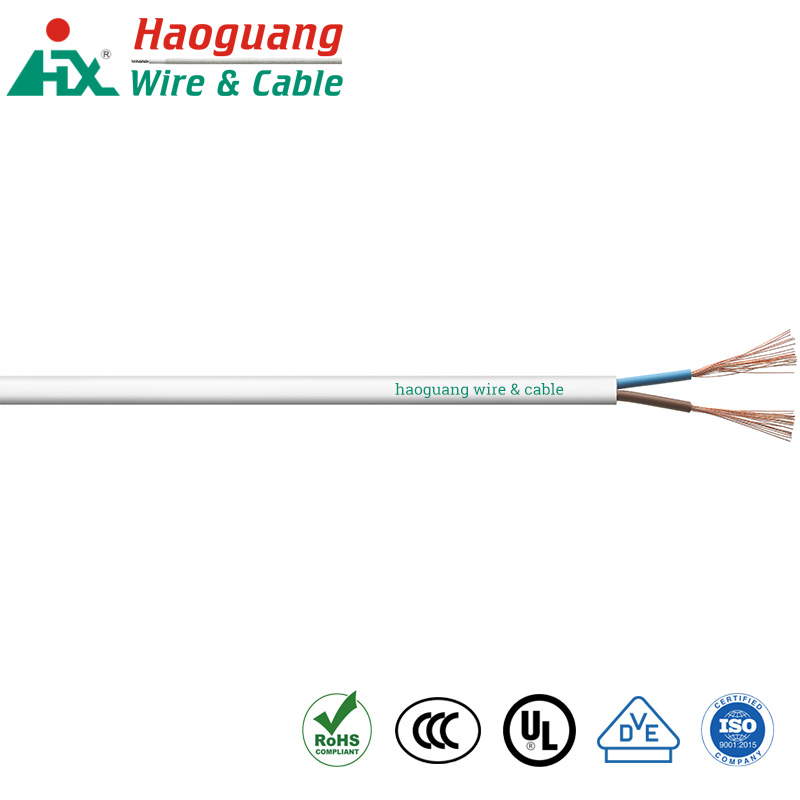A Complete Guide to Multi-Core Cables
2025-03-07
Multi-core cables are essential in modern electrical and communication systems, providing efficient and organized wiring solutions. These cables contain multiple conductors within a single outer sheath, making them ideal for transmitting power, signals, and data in various applications. From industrial automation to home wiring, multi-core cables enhance safety, efficiency, and reliability.
What Is a Multi-Core Cable?
A multi-core cable consists of two or more insulated conductors enclosed in a protective sheath. The number of cores can range from a few to several hundred, depending on the application. These cables simplify wiring by reducing clutter and improving installation efficiency.
Types of Multi-Core Cables
1. Power Multi-Core Cables
Designed for transmitting electrical power, these cables are commonly used in industrial machinery, home appliances, and power distribution systems.
2. Control Multi-Core Cables
Used in automation and industrial control systems, these cables carry signals for controlling machinery, ensuring smooth operation and communication between components.
3. Instrumentation Multi-Core Cables
These cables are designed for transmitting low-voltage signals in monitoring and control applications. They are commonly used in industries such as oil and gas, manufacturing, and process automation.
4. Data and Communication Multi-Core Cables
Used in networking and communication systems, these cables support the transmission of data, audio, and video signals. Examples include telephone cables, coaxial cables, and fiber-optic multi-core cables.
Benefits of Multi-Core Cables
1. Space and Cost Efficiency
By bundling multiple conductors into one cable, multi-core cables reduce the need for separate wiring, saving space and installation costs.
2. Improved Safety
The protective outer sheath shields conductors from environmental damage, electrical interference, and physical wear, enhancing overall safety.
3. Simplified Installation and Maintenance
With multiple wires housed in a single sheath, installation is faster and more organized. Maintenance is also easier, as all required conductors are in one place.
4. Enhanced Durability and Protection
Multi-core cables come with various insulating materials that protect against moisture, heat, chemicals, and mechanical stress, ensuring long-term reliability.
5. Reduced Signal Interference
For communication and control applications, multi-core cables are designed to minimize electromagnetic interference (EMI), ensuring clear and stable signal transmission.
Applications of Multi-Core Cables
- Industrial Automation: Used in control panels, robotics, and manufacturing equipment.
- Telecommunications: Essential for telephone lines, broadband networks, and data centers.
- Power Distribution: Used in electrical wiring for homes, commercial buildings, and industrial facilities.
- Automotive and Aerospace: Supports complex wiring systems in vehicles and aircraft.
- Medical Equipment: Ensures reliable connectivity for diagnostic machines and hospital systems.
How to Choose the Right Multi-Core Cable
1. Number of Cores
Select the appropriate number of conductors based on your application’s requirements. More cores allow for greater functionality and flexibility.
2. Conductor Material
Copper is the most common conductor due to its high conductivity, while aluminum is used for cost-sensitive applications.
3. Insulation and Sheathing
Choose a material that provides protection against heat, moisture, and mechanical wear. PVC, rubber, and XLPE are commonly used insulating materials.
4. Voltage and Current Ratings
Ensure the cable can handle the required electrical load without overheating or compromising performance.
5. Environmental Resistance
For outdoor or harsh environments, select cables with UV resistance, waterproofing, and fire-retardant properties.
Final Thoughts
Multi-core cables are an essential part of modern electrical and communication systems, offering efficiency, safety, and versatility. Whether used in industrial automation, power distribution, or data transmission, these cables simplify wiring and improve performance. Choosing the right multi-core cable ensures reliable operation and long-term durability in any application.



